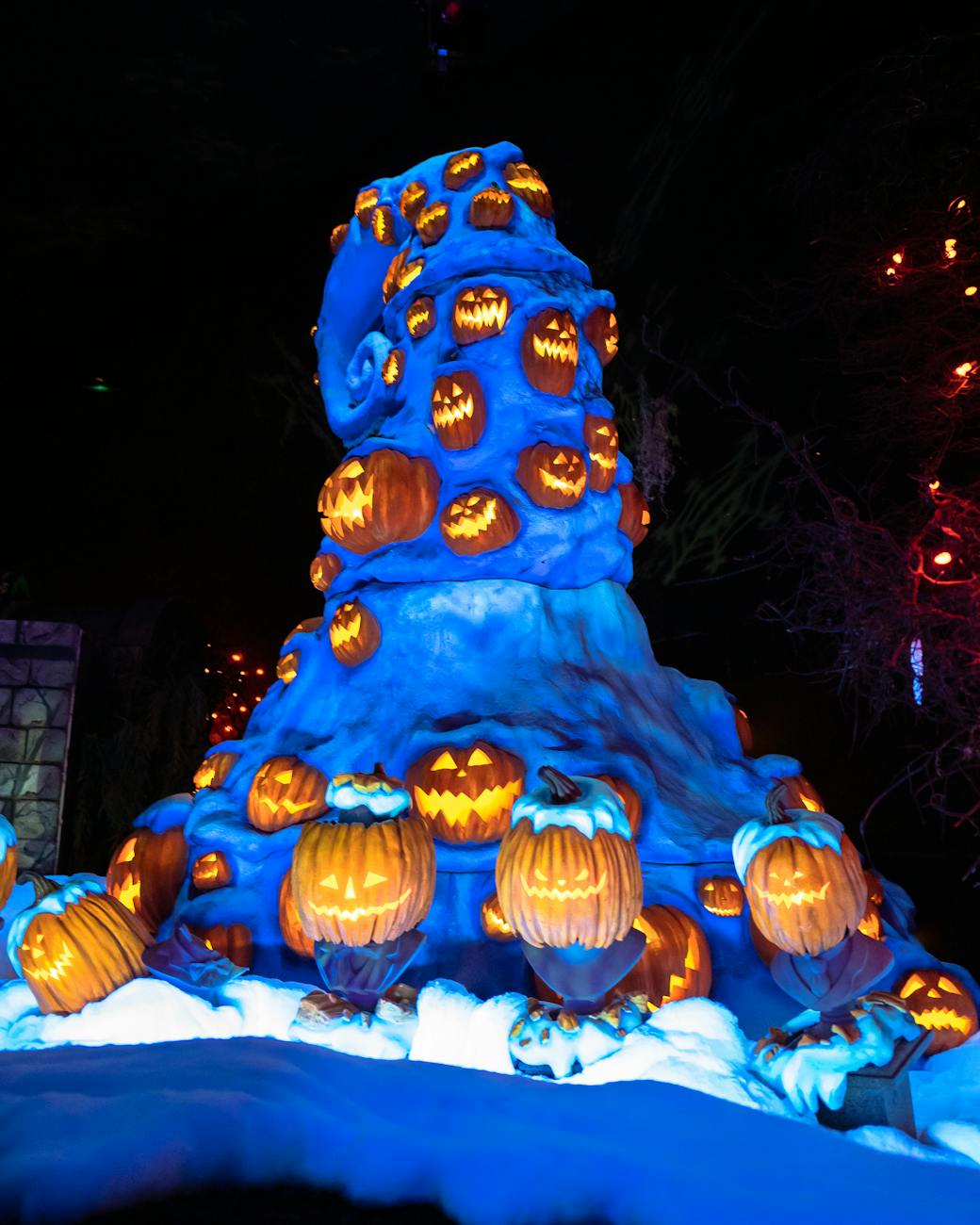WARNING: Contains Spoilers!
Cartoon Network’s 2014 series Over The Garden Wall isn’t just an expansion on creator Patrick McHale’s short Tome of the Unknown, it’s a modern, if not millennial, re-imagining of the fairy tales we all grew up on. Children lost in an unfamiliar wooded world, talking animals, creatures that befriend but then attack, and fantastical adventures that serve as learning lessons are all seen in this 10-episode series. Many cartoon series that are “meant for kids” are also enjoyed by adults, and OTGW is no different. While a younger audience watches for laughs and fanciful entertainment, there are also aspects of the show that older viewers can relate to.
OTGW follows two brothers, Wirt and Greg, as they fall deep into a strange world, helping new friends as they try to find their way back home. Wirt, a worrisome teen, struggles with self expression and hides his desires, both in hobbies and romance, for fear of rejection. Greg is quite the opposite, finding jolly, naive companionship in his pet frog and relishing the simple joys in life, like singing and dancing. Each episode the brothers meet a new character that helps or hinders (or sometimes both) their attempts to find their way home.
OTGW has made me feel things that I can only dream of nowadays. An idyllic, simple world that may have a monster or two, but is also filled with friendship, magic, and adventure. Plus, it’s absolutely rife with Pinterest-worthy #AutumnAesthetic vibes. Most OTGW takes place in a time reminiscent of America’s Gilded Age (late 19th, early 20th century). It’s a time that we’ve heard stories about, but none of us actually remember — not even older generations. There are few photographs and even fewer movies, but plenty of literature and art that depict life during those times. That said, we’re free to imagine (within limits) of a world prior to the modern age. In a world constantly connected to technology, it’s easy to think that a time as little as 30 years ago was a complete tech-desolate wasteland. You could say the same for the popular tales we’ve heard as children. Though stories like Grimm’s adaptations of Rapunzel and Little Red Riding Hood were published in the early 1800s, one could argue that they take place in a time before. These are, of course, gently used renditions of other earlier works (so they would take place in an earlier time), but they became world famous through the Brothers Grimm. My point is, OTGW’s very basis, the setting, is channeling a childhood memory without us even knowing it. Wirt and Greg might as well be Hansel and Gretel. The brothers visit rural farms, great estates, and foggy woods, all places that we recognize from stories we’ve imagined as children.
Now let’s jump out of scenery and talk about music. I found it very interesting McHale’s use of music. While we don’t hear of music too often in fairy tales (with the exception of a few like Peter and the Wolf), we do get a heavy dose of music in Disney movies, many of which are based off of fairy tales. This is where it gets tricky though. Where Disney has original compositions, they’re mainly pop-influenced ballads. OTGW continues its Gilded feel with compositions directly reflecting the folk music you’d hear on older equipment or played on real instruments. Show creators took great care in keeping the viewer immersed in the adventure, just as a narrator’s storytelling keeps a listener engaged. The old-timey tunes are a wonderful addition to the art style of the show, and make us feel comfortable — those #AutumnAesthetic vibes at it again.
If scenery and music weren’t indications enough of OTGW’s fairy tale leaning, you wouldn’t have to look further than the episode storylines themselves. There are a few sweeping ideas across the series that solidify OTGW as a modern children’s story:
| OTGW | Fairy Tale |
| Taking place on Halloween Night | Sleepy Hollow |
| Siblings or children lost in the woods | Hansel and Gretel, Little Red Riding Hood |
| Characters cursed or transformed into animals | The Frog Prince, Pinocchio |
| Monster who kidnaps or kills children | Krampus, Rumplestilskin, Pied Piper of Hamelin |
| Woodsman or Huntsman | Snow White, Peter and the Wolf |
| Transported to a strange world | Alice’s Adventures in Wonderland, Peter Pan |
It’s pretty obvious the route OTGW is taking, but I wanted to point out the brilliance in taking it. We have all heard these fairy tales before and can recite them by heart. But in the end, they’re fairy tales. Past age 6, they become obsolete because we see their faults and no longer recognize the stories as relating to our lives today. There are no huntsmen that rescue princesses. There are no demons waiting to take children away. There’s no breadcrumb trail because, let’s face it, we’d have asked Siri to call our parents by then. Google Maps would have given us directions by foot, train, and taxi, and we could Postmate our Chipotle while we waited.
OTGW was made for our generation. It may have talking animals and curses and a singing frog band, but somehow it made sense. Wirt has anxiety issues, a crush, and a little rivalry with another teen, Jason Funderberker. Greg could fit right in with the other fairy tales, but he has his quirks, like the constant renaming of his pet frog and evidence from neighbors that he is a bit of a strange one. They have modern equipment (cassette tapes, cookie-cutter neighborhoods, hospitals, high schools) and modern customs (Halloween celebrations, dating) and modern lifestyles (that Wirt and Greg are half-brothers). They’re all things that are so normal, we accept the fantasy of sentient skeletons and school-bound animals.
And near the end, when we see how the brothers get to this place they call The Unknown in the first place (falling over a wall and passing out on train tracks), we accept that these are just a figment of their imaginations. Their real-world problems are hallucinations that help them deal with those problems after they come-to. Real issues like depression and suicide, ones the characters didn’t necessarily have but could be interpreted as so, were solved by learning to fight back, to push through.
But as with all fairy tales, there is still some magic to be had, no matter how plausible the story. The frog of many names has swallowed a spark of that magic, showing us that oh yeah they were dreaming it all… but maybe they weren’t. These days, it’s easy to say you’re imagining something, but when times are tough, it’s nice to believe in that magic. There is hope. Sometimes you have to go through hell to get there, but you come out better for it. That is why Over The Garden Wall is a story that should be shared with our children today; it’s a more digestible way to be entertaining, but still show traits of a wonderful human being. We’re not perfect, we all have issues, but you can learn from them the same way that we learned to love others (like Beauty and the Beast) or to improve on our morals (as in Jack and the Beanstalk). The answer is just over the garden wall.












